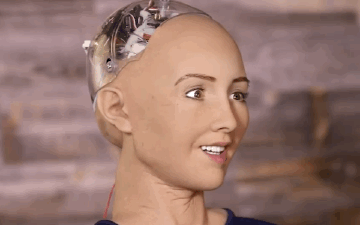
What are Robotics for Automotive and Industrial Applications?
Robotics for automotive and industrial applications refers to the use of robotic technologies and systems in the manufacturing and assembly of automobiles and other industrial products. It involves the development and application of robots and automated systems for various industrial applications, including assembly, painting, welding, material handling, and quality control.
Robotics has transformed the manufacturing industry by providing more efficient, accurate, and reliable production processes. Robotic systems can perform repetitive tasks with precision and speed, reducing labor costs and improving productivity. They can also work in hazardous environments, such as high-temperature and high-pressure conditions, without putting human workers at risk.
In the automotive industry, robotics is used for various applications, including assembling and painting car bodies, welding parts together, and handling and packaging components. Robotic systems can work around the clock, providing continuous production and meeting high-volume demands.
In addition to the automotive industry, robotics is used in other industrial applications, including aerospace, electronics, and consumer goods. Robotics is used for assembly and testing of aerospace components, assembling and packaging electronic products, and sorting and packaging consumer goods.
Robotics for Automotive and Industrial Applications Research @ ACPS Research Group
Robotics has been transforming the automotive and industrial sectors by automating processes and increasing efficiency. Here are some emerging research areas in robotics for automotive and industrial applications: Autonomous Vehicles: Autonomous vehicles are expected to revolutionize the automotive industry. ACPS research group focuses on developing advanced robotics technologies that enable vehicles to operate safely and reliably in a wide range of environments. Collaborative Robots: Collaborative robots, also known as cobots, work alongside humans and can automate repetitive tasks while improving workplace safety. ACPS research group focuses on developing cobots that can interact more naturally with humans, learn from their environment, and adapt to changing tasks. Human Robot Interaction: As robots become more prevalent in the workplace, it’s important to ensure that they can work seamlessly with humans. ACPS research group focuses on developing robotics technologies that enable more natural and intuitive human-robot interaction, such as gesture recognition and speech recognition. Additive Manufacturing: Additive manufacturing, also known as 3D printing, is becoming more widespread in industrial applications. ACPS research group focuses on developing robotics technologies that can improve the speed and accuracy of 3D printing processes. Intelligent Robotics: Intelligent robotics involves using artificial intelligence (AI) and machine learning algorithms to enable robots to learn and adapt to their environment. ACPS research group focuses on developing robotics technologies that can learn from their environment, make decisions, and optimize processes. Industrial Internet of Things (IIoT): The IIoT involves connecting machines, sensors, and other devices to the internet to enable real-time data analysis and optimization of industrial processes. ACPS research group focuses on developing robotics technologies that can be integrated with the IIoT to enable more efficient and optimized industrial processes.